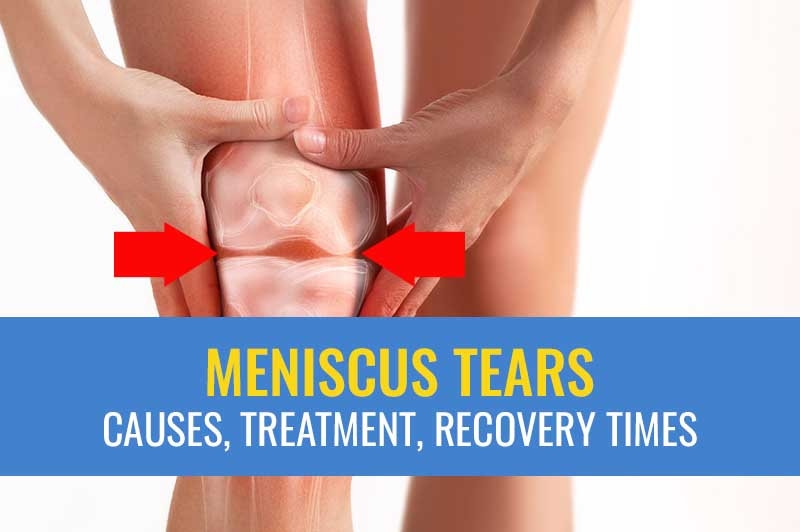Why You Need a Sports Orthopedic Surgeon
Why You Need a Sports Orthopedic Surgeon is a vital topic for athletes and active individuals. Understanding the role of a sports orthopedic surgeon and how they can help you maintain peak physical health is crucial. What is a Sports Orthopedic Surgeon? A sports orthopedic surgeon specializes in diagnosing and treating injuries related to sports and physical activities. They have extensive training in surgical and non-surgical treatment options tailored to athletes’ needs. For more details, check out sports medicine. Importance of a Sports Orthopedic Surgeon Sports orthopedic surgeons are crucial for preventing, diagnosing, and treating sports-related injuries. They help athletes maintain optimal performance levels and recover from injuries effectively. Benefits of Consulting a Sports Orthopedic Surgeon Expertise in Sports Injuries Sports orthopedic surgeons have specialized knowledge and experience in treating injuries specific to athletes, such as ACL tears, meniscus injuries, and rotator cuff tears. Dr. Vatsal Khetan’s expertise in ACL reconstruction is a testament to the specialized care they provide. Personalized Treatment Plans These specialists create personalized treatment plans that cater to the unique needs of each athlete. Whether it’s a non-surgical approach or a surgical procedure, they ensure the best possible outcome for recovery and performance. Advanced Treatment Options Sports orthopedic surgeons are well-versed in the latest advancements in medical technology and treatment options. They can perform minimally invasive surgeries such as arthroscopy, which reduces recovery time and minimizes pain. Comprehensive Rehabilitation Programs Recovery doesn’t end with surgery. Sports orthopedic surgeons provide comprehensive rehabilitation programs to help athletes regain strength, mobility, and function. For more on rehabilitation, explore advanced chronic pain management. Common Conditions Treated by Sports Orthopedic Surgeons ACL Injuries ACL injuries are common among athletes involved in sports that require sudden changes in direction. Treatment options range from physical therapy to surgical reconstruction. Learn more about ACL reconstruction. Meniscus Tears Meniscus tears can occur due to twisting or rotating the knee. Treatment options include non-surgical methods and arthroscopic surgery. For detailed information, visit knee arthroscopy surgery. Rotator Cuff Injuries Rotator cuff injuries are common in sports that involve repetitive shoulder movements. Treatment includes physical therapy, injections, and surgery if necessary. Connect with Us Follow us on social media for the latest updates: Contact Information Name: Dr. Vatsal Khetan Address: SK Pandey Complex, Betiahata Rd, beside Union Bank, Betiahata, Gorakhpur, Uttar Pradesh 273001 Phone: +91-9662 365 917
Why You Need a Sports Orthopedic Surgeon Read More »








